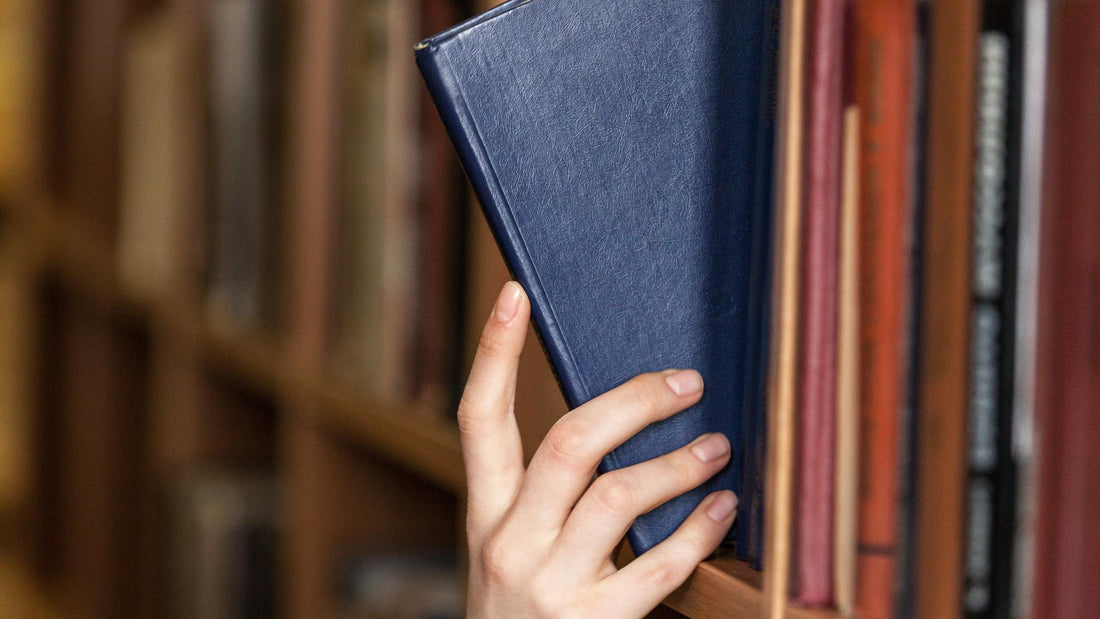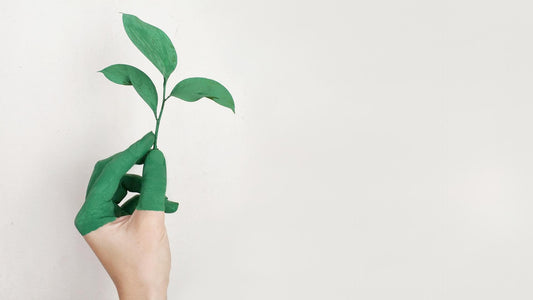
How to Practice Reading More Sensibly
Share
From the paper to material resources used to print physical reading material to the energy consumed by electronic devices. Producing hundreds of books easily requires approximately a dozen mature trees. Therefore, there are several ways to continue to enjoy reading with more sensible practices.
Tips for An Environmental Friendly Reading

1. Engage in a Community Book Club
A local society for reading enthusiasts and a local community book club can offer benefits beyond social networks. While sharing summaries from different reading experiences, the society or club can provide book-sharing benefits. By co-owning reading materials and sharing books with others, it saves space for books, prolongs the book lifecycle, and curtails the need to invest in costly reading material purchases.
2. Pass on Unused Reading Materials
Donating unused books, magazines, and journals is a benevolent act for both the recipient and giver. Firstly, some recipients accept unused reading materials for recycling. Secondly, some recipients are in dire need of filling up their bookshelves. Whichever the case, passing on unused reading materials (whether new or old condition) is a positive practice that ensures that there is zero waste.
3. Explore E-Readers and Digital Libraries
Embracing a digital reading device such as an e-reader or a tablet designed for reading digital reading materials has a better environmental footprint than physical reading materials. Many digital devices allow open access to thousands of reading materials electronically, which also makes reading completely free of cost. As for more special issue publications, digital copies offer a variety of reader access packages, whether through a subscription to the database or a monthly fee payment.
4. Regularly Maintain Hard Copies Books
Although hard-copy books require thicker materials, hard-cover books are generally more versatile and long-lasting than soft-copy books. After purchasing high-quality printed hard copy reading material, it is important to maintain the health and condition of the reading material. Keeping dust and humidity off limits where the book, magazine, or journal is stored, but it is vital to ensure that your reading material does not decay or degrade. Regularly maintaining the good condition of reading materials prolongs their lifespan and ensures that they can continue to be used for many different purposes.
5. Support Eco-Friendly Publishers
Many publishers globally offer books and articles printed on recycled paper and use eco-friendly inks. Opting for sustainably sourced printed books or articles ensures that the reading material has a much more positive environmental footprint. Some publishers also advertise audiobooks as a sustainable alternative to physical or digital books.
What About If You Are Working in A Corporate, NGO, or Research Institution?

➡️ Opt for Electronic Repositories & Library Subscriptions Plan
If your workplace has designated subscribed professional license use to a publisher, by all means, have a direct conversation with your colleagues, knowledge manager, or librarian in charge. Taking the initiative to engage in discussions and active engagement with those who are familiar with the online repository platform and licensed publisher database can significantly help you to gain steady access to a variety of resources such as e-books, journals, magazines, news content, monographs, handbook references, and any other reading material which has been provided access by the publisher. Finally, in today's digitalization of reading resources, most publishers have a variety of licensing contracts and subscription plans tailored to a user's need.
Millions of Open Access Articles Can Be Access Virtually, Anywhere, Anytime

➡️ Open Access (OA) Models Significantly Boost Reading Efficiency
High-quality content which has been thoroughly reviewed by credible editors and peer professionals in the same knowledge field can often be found online. These published articles are freely accessible to anyone and have high visibility for usage (e.g., reading, citing, sharing, self-printing, education, etc.). OA articles also contain dynamic add-on illustrations, images, figures, or extensive data by the author. Compared to fiction-genre publications and lay-back books that one can pick from a typical bookstore, OA articles are highly relevant material to expand one's knowledge and skills and further challenge the content described. Often a reader can also find that other readers had interacted or commented on a specific OA article. This greater user engagement enhances the reading experience and reading impact in cross-communities.
➡️ Engage in Self-Directed Learning & Share Commentaries

Investing an average of 2 hours in a reading session can leave plenty of new insights and new perceptions about the narratives or content written in the resource. A typical reader often glances too quickly, page by page, and leaves the book at a corner only to find oneself trying to recall what was read in the past. The unfortunate scenario is when we do not reflect on such valuable resources and forget to process information that can, in fact, be super useful to us.
Taking the extra initiative for a 15-minute reflection after every reading session is a healthy exercise. It not only keeps our cognitive skills well nurtured. Upon reflection and making commentaries in a notebook, we improve our self-expression skills. We can then choose to filter what content is most relevant to our daily practice. Or to choose to share commentaries.
Recommended Materials to Read :
During the longer work breaks, we tend to explore reading materials that can shed new information. Here are some suggestions for books on the topic of sustainability and climate change. Exploring these reading topics and titles can enrich your interest in the subject matter. Why not stock up on some new content in support of World's Literacy Day?
📖 Make healthier life choices to heal yourself and the environment through self-sufficiency. "Holistic Homesteading" by Roxanne Ahern provides the tools for living slowly, intentionally, and better through permaculture, edible gardening, and organic farming.
📖 How about proudly wearing a kitchen apron and stirring up new plant-based dishes? Learn more in our article assessing a variety of books that might help you.
📖 Remember the time our previous article highlights the importance of slow fashion? As well as keeping track of the way we consume resources on Earth? With over 30 creative ideas and step-by-step instructions, this book shows you how to turn simple materials into practical, eco-friendly treasures for your kitchen, bathroom, household, and more.
📖 You want to protect your family from harmful chemicals but feel overwhelmed, and don’t know where to start? "Journey to a Non-Toxic Home" is a practical guide that will help you slowly and gradually remove harmful chemicals from your home and replace them with safer, more natural alternatives.
📖 And, of course, follow and share our blog for content packed with information, tips and more!
Literacy Opens Our "Head, Heart, and Hand"

The "Head, Heart, and Hand" theory has become a famous materialization for educating sustainability practitioners in the education field for sustainable development. Yet, today, as we continue to support International Literacy Day, there is much more room for us to pay tribute to many authors' hard-written work while engaging more actively with librarians. There is also much more room for us to explore solutions with our colleagues, bosses, friends, family, and professional networks for equal access to high-quality resources. Nevertheless, let's bear in mind that literacy can bring people together, harness more knowledge, and promote positive actions.

Hi, I am Ariel Toh. Trained in sustainability research from academic institutes, I take meticulous detail to article write-ups. By working with like-minded professionals and companies, I believe we can harness "more sustainability" in the world.




